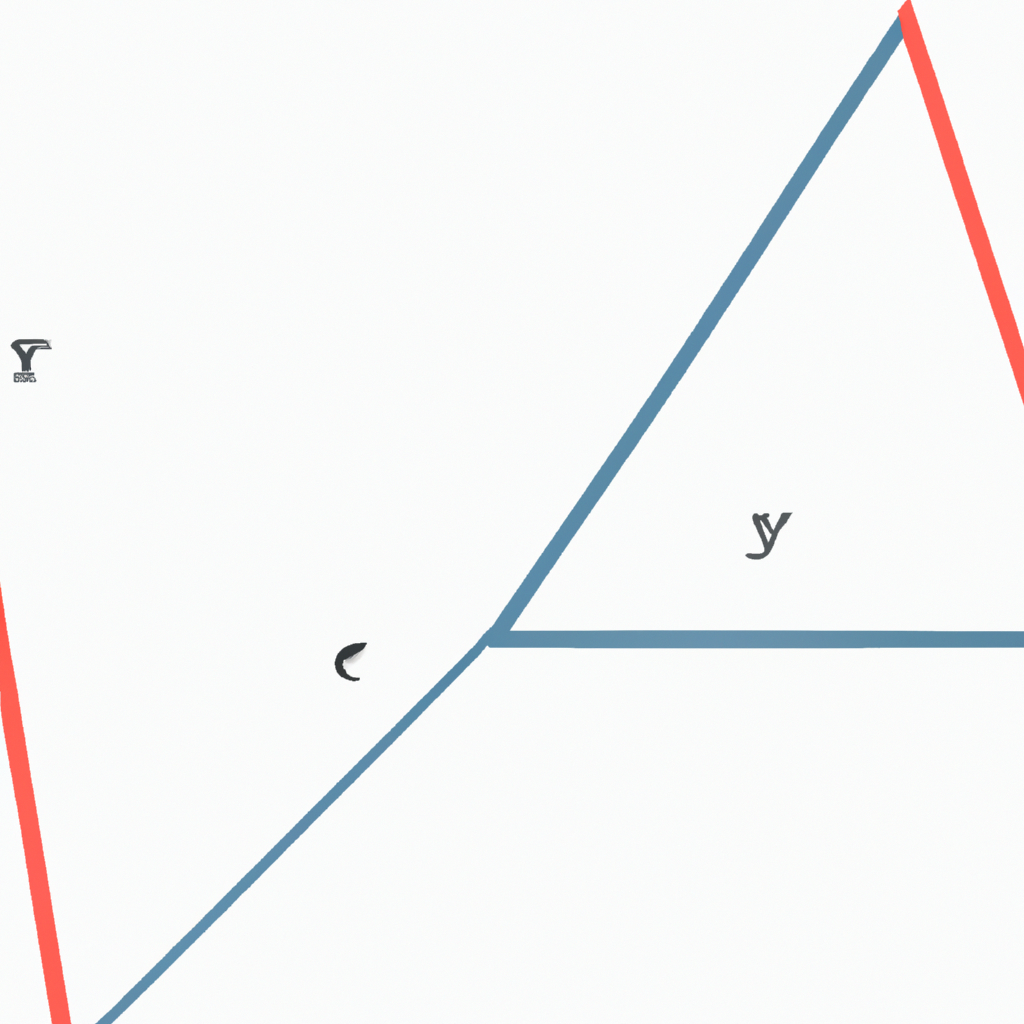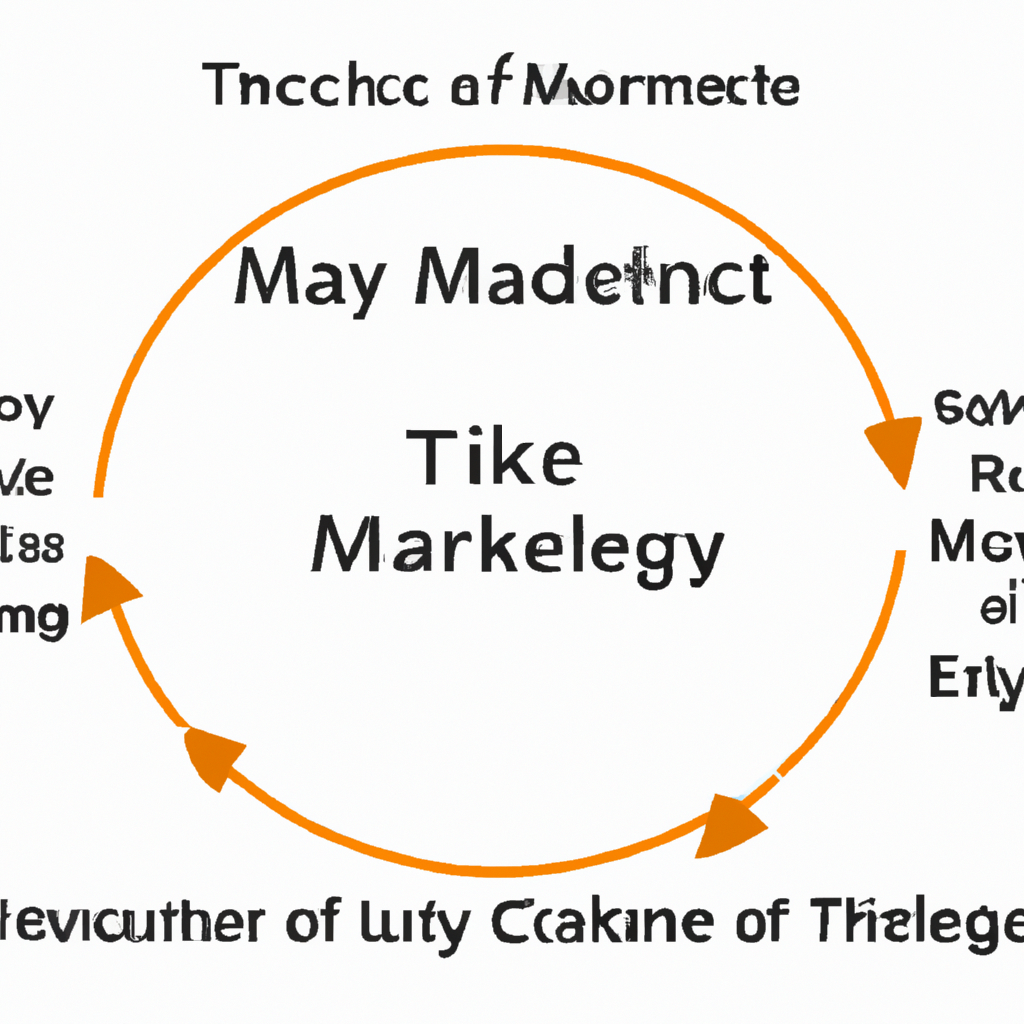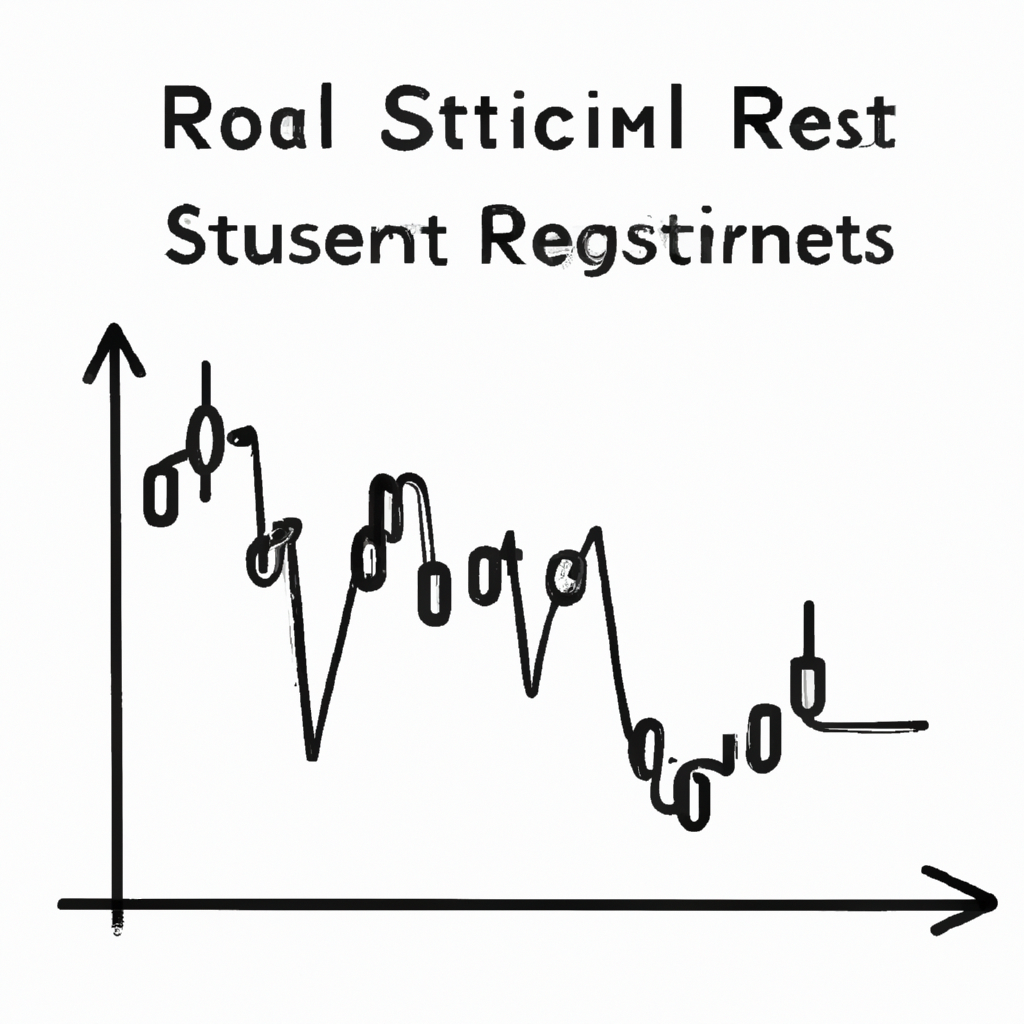Harmonic Patterns Detection: A Comprehensive Guide
Introduction
Harmonic patterns are an essential tool used by technical analysts to identify potential trading opportunities in financial markets. These patterns are based on the theory that price movements in financial instruments follow specific geometric patterns and ratios. By recognizing these patterns, traders can make more informed decisions and improve their trading strategies.
Understanding Harmonic Patterns
Harmonic patterns are repetitive price structures that are formed by specific Fibonacci retracement and extension levels. These patterns include the Gartley, Butterfly, Bat, Crab, and several others. Each pattern has its unique characteristics and provides different trading signals.
Identifying Harmonic Patterns
There are several methods and tools available to detect harmonic patterns. Here are some popular ones:
1. Manual Pattern Recognition
Traders can manually identify harmonic patterns by visually analyzing price charts. This approach requires a good understanding of the different patterns and their construction rules. Traders need to identify the swing highs and lows, measure the Fibonacci retracement and extension levels, and assess the alignment of these levels with the pattern’s structure.
2. Harmonic Pattern Detection Software
To simplify the process, traders can use specialized software that automatically detects harmonic patterns. These tools scan price charts and highlight potential patterns, saving traders valuable time and effort. Some popular harmonic pattern detection software includes TradingView, Harmonic Pattern Collection, and Autochartist.
Trading Strategies with Harmonic Patterns
Once a harmonic pattern is identified, traders can implement various trading strategies. Here are a few common approaches:
1. Pattern Completion Strategy
This strategy involves entering a trade once the harmonic pattern is complete. Traders wait for the price to reach the potential reversal zone (PRZ) and look for additional confirmation signals, such as candlestick patterns or oscillator divergences, to validate the trade setup.
2. Fibonacci Confluence Strategy
In this strategy, traders combine harmonic patterns with other Fibonacci levels to increase the probability of a successful trade. By identifying areas where multiple Fibonacci levels coincide, traders can find high-probability trade setups. For example, if a harmonic pattern’s PRZ aligns with a 61.8% Fibonacci retracement level, it strengthens the trade signal.
3. Harmonic Pattern Breakout Strategy
Traders can also use harmonic patterns to identify potential breakout opportunities. When a pattern fails to complete, it often leads to a breakout in the opposite direction. By placing pending orders above or below the pattern’s structure, traders can capitalize on these breakouts.
Conclusion
Harmonic patterns provide traders with a systematic approach to identify potential trade setups in financial markets. By understanding the different patterns and using appropriate detection methods, traders can enhance their technical analysis and improve their trading decisions. However, it’s important to remember that harmonic patterns should be used in conjunction with other technical indicators and risk management strategies to maximize their effectiveness.



